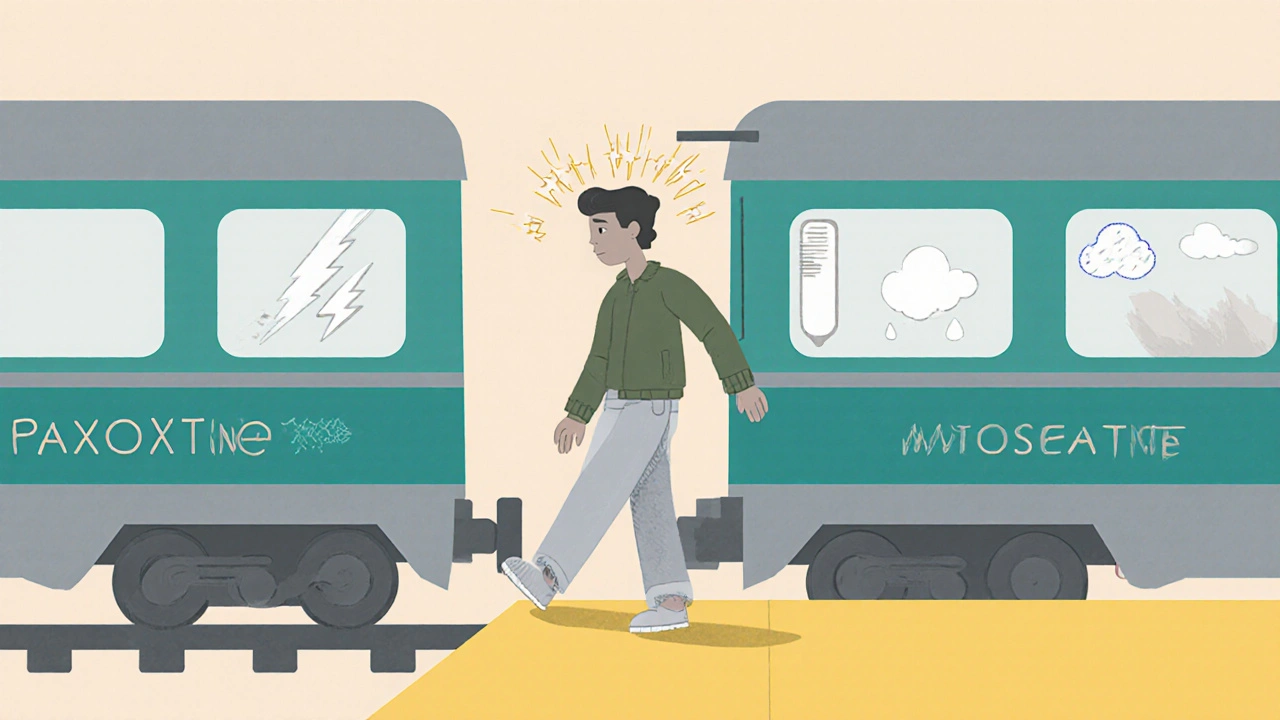When talking about Protracted withdrawal, it helps to start with a clear picture. Protracted withdrawal, the persistence of physical or psychological symptoms for weeks or months after stopping a drug. Also known as extended withdrawal, it often complicates recovery plans.
The root of many prolonged withdrawal experiences lies in Substance dependence, a chronic brain condition marked by compulsive drug seeking and use. When the brain adapts to a drug’s presence, neurochemical pathways shift, making the system rely on the substance to stay balanced. This adaptation fuels the lingering aches, mood swings, and cravings that define protracted withdrawal. In other words, substance dependence influences protracted withdrawal by setting the stage for extended symptom timelines.
One of the most effective ways to blunt the duration of these symptoms is a well‑designed tapering strategy, a gradual dose‑reduction plan designed to ease withdrawal. Instead of an abrupt stop, a taper allows the brain to readjust slowly, reducing the shock that often triggers severe cravings and insomnia. The core idea is that protracted withdrawal requires careful tapering. Successful plans consider the drug’s half‑life, the patient’s history, and any co‑occurring conditions, tailoring the pace to keep symptoms manageable.
Even with a solid taper, patients still face a spectrum of withdrawal symptoms—think anxiety, muscle pain, sleep disruption, and cognitive fog. These lingering effects can erode confidence and push someone back toward use. That’s where relapse risk, the likelihood of returning to drug use during or after withdrawal enters the conversation. Uncontrolled symptoms raise the relapse risk, making it crucial to pair tapering with supportive measures like counseling, nutrition, and sleep hygiene.
Managing protracted withdrawal isn’t just about medication; it’s a holistic effort. Regular check‑ins with a healthcare provider let clinicians spot red flags early—whether it’s worsening depression or a spike in blood pressure. Cognitive‑behavioral therapy can rewire thought patterns that fuel cravings, while physical activity boosts endorphin levels that naturally counteract mood swings. Simple steps like staying hydrated, eating balanced meals, and maintaining a consistent sleep schedule also shrink the window for relapse.
In practice, a comprehensive plan might include: a personalized taper chart, a daily symptom journal, access to a therapist familiar with addiction, and a support network of peers or family members. When each piece works together, the chain of protracted withdrawal → careful tapering → reduced relapse risk becomes a realistic pathway to lasting recovery.
Below you’ll find a curated selection of articles that dig deeper into these topics— from how acid‑reducing meds affect drug absorption to detailed comparisons of withdrawal‑related medications. Use them to fine‑tune your approach and stay ahead of the challenges that protracted withdrawal can throw your way.

Learn what antidepressant discontinuation syndrome looks like, why it happens, and how to taper safely to avoid severe withdrawal and protracted symptoms.
read more